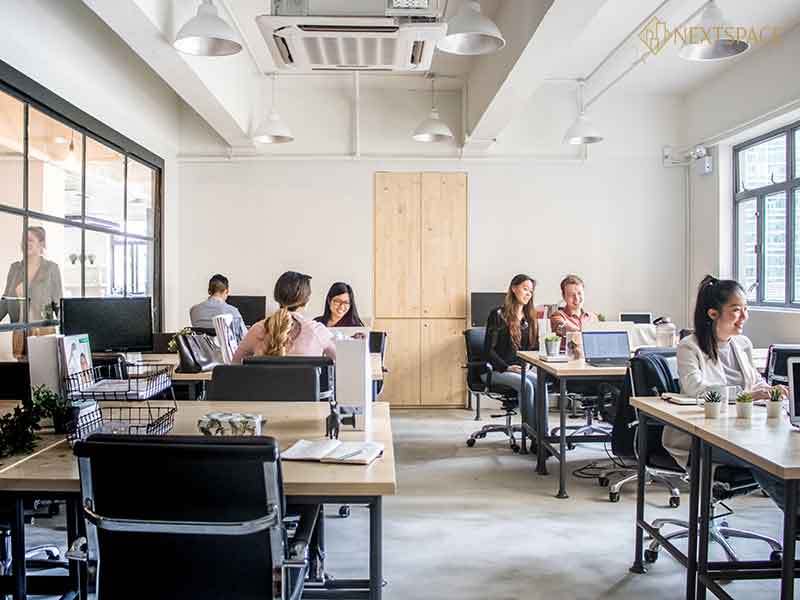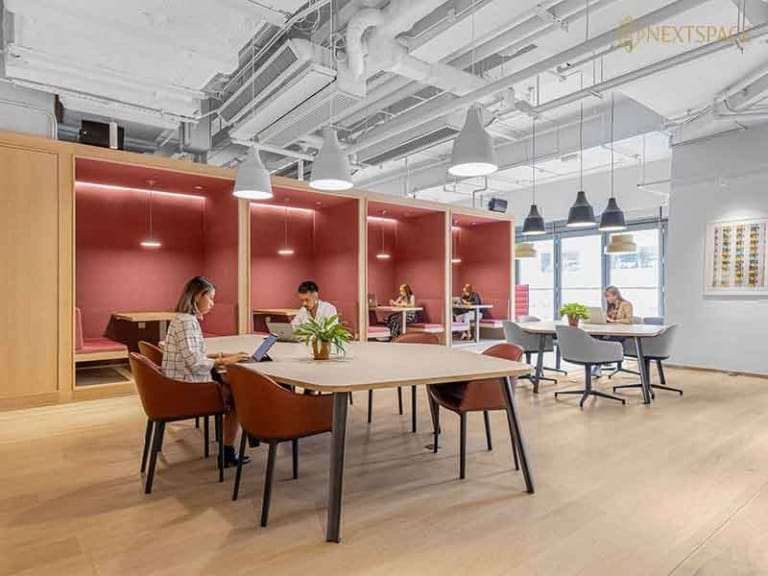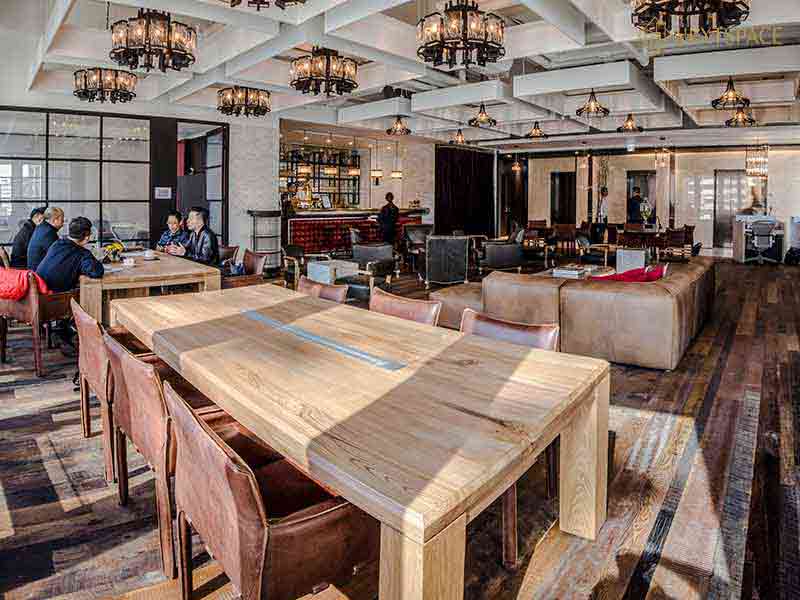The journey of coworking spaces from niche concept to mainstream work solution is fascinating. Understanding this evolution helps appreciate why these spaces have become so integral to modern work culture. 🔍
The Early Days: 1995-2005
While collaborative workspaces have existed in various forms throughout history, the modern coworking movement began taking shape in the mid-1990s:
- 1995: C-Base opens in Berlin, Germany as one of the first “hackerspaces” – a precursor to modern coworking
- 1999: The term “coworking” is coined by Bernard DeKoven, initially referring to collaborative work rather than physical spaces
- 2005: Brad Neuberg opens the first official coworking space in San Francisco at a feminist collective called Spiral Muse, offering 5-8 desks two days a week
These early spaces were simple, often just rooms with desks, basic internet, and coffee. They attracted primarily freelance programmers, writers, and creative professionals seeking alternatives to working from home or cafés.
The Growth Phase: 2006-2015
The 2008 global financial crisis became a catalyst for coworking’s expansion. As companies downsized and entrepreneurship surged, demand for flexible workspaces skyrocketed:
- 2008: The Coworking Visa program launches, allowing members to use coworking spaces worldwide
- 2010: The first coworking conference takes place in Brussels
- 2012: Over 2,000 coworking spaces exist globally
- 2013: Large corporations begin experimenting with coworking for their employees
During this period, the coworking model matured significantly. Spaces became more sophisticated, offering amenities like high-speed internet, meeting rooms, phone booths, and event spaces. The community aspect strengthened with organized networking events, skill-sharing workshops, and member collaborations.
The Mainstream Era: 2016-2022
By 2016, coworking had firmly entered the mainstream business consciousness:
- 2016: Major corporations like HSBC begin moving employees to coworking spaces
- 2017: The global coworking community reaches one million members
- 2018: London becomes the coworking capital with 10.7 million square feet of flexible workspace
- 2019: The number of coworking spaces worldwide approaches 19,000
This period saw significant investment in the sector, with premium operators creating upscale environments featuring concierge services, wellness areas, and sophisticated technology. The target market expanded beyond freelancers and startups to include teams from established companies seeking flexible space solutions.
The Pandemic Pivot: 2020-2022
The COVID-19 pandemic forced a dramatic reimagining of coworking:
- Health and safety became paramount with enhanced cleaning protocols
- Spaces were reconfigured for social distancing
- Technology for virtual collaboration improved dramatically
- Hybrid work models emerged as the new standard
Rather than spelling the end of coworking, the pandemic ultimately strengthened the case for flexible workspaces as organizations sought alternatives to traditional long-term leases.
The Current Landscape: 2023-2025
Today’s coworking spaces reflect several important trends:
- Increased corporate adoption: Large companies now represent a significant portion of coworking memberships, using these spaces to support distributed teams and reduce real estate costs
- Specialization and niche spaces: Industry-specific coworking spaces catering to particular sectors like tech, creative industries, or wellness professionals
- Sustainability focus: Eco-friendly designs, energy-efficient systems, and waste reduction initiatives have become standard
- Technology integration: Smart building systems, touchless entry, advanced booking platforms, and AI-driven space optimization
- Wellness emphasis: Ergonomic furniture, biophilic design elements, fitness areas, and mental health support
The evolution continues as coworking spaces adapt to changing work preferences and technological advancements.



